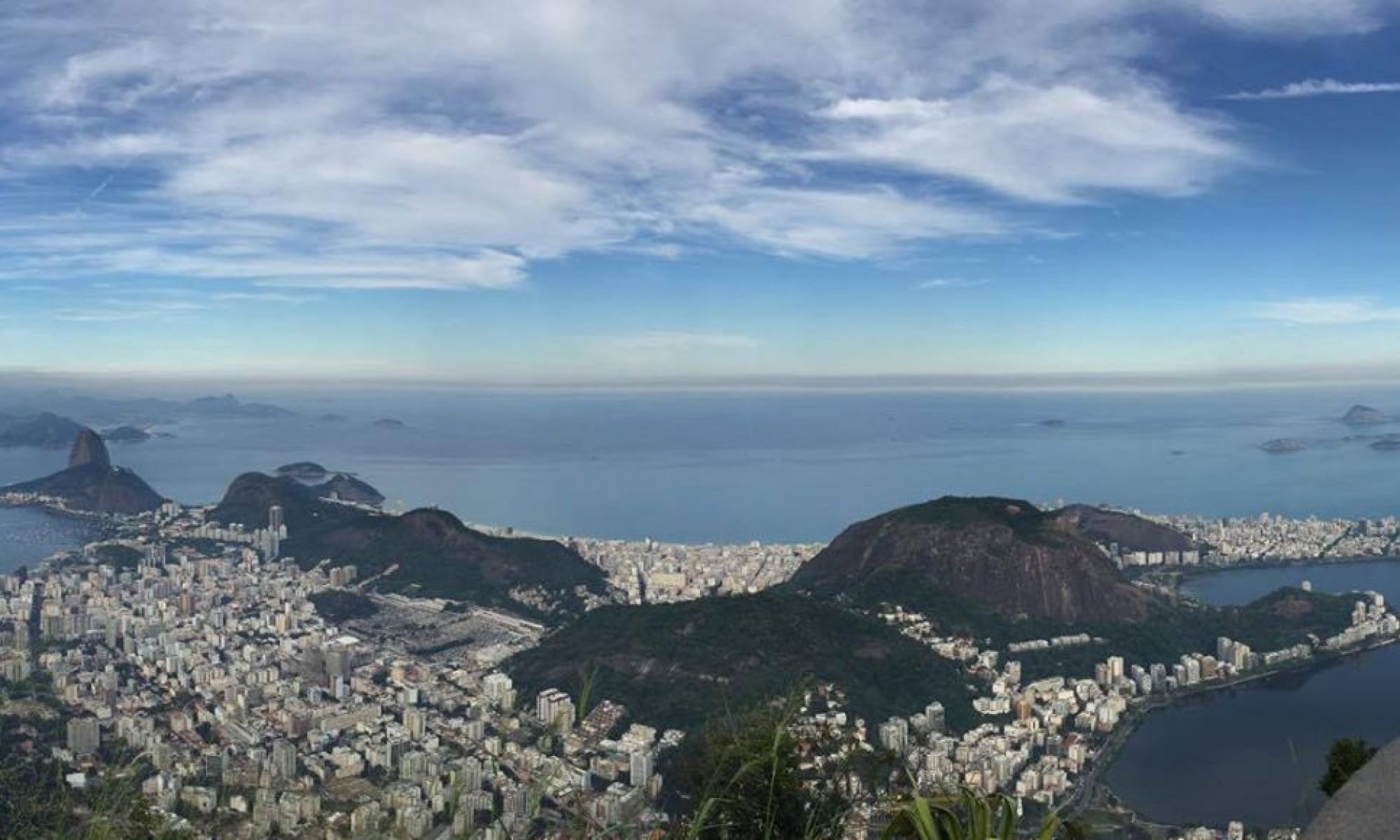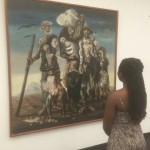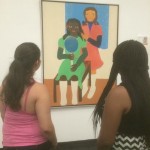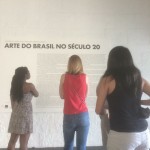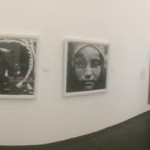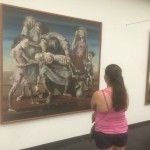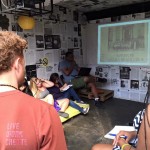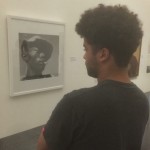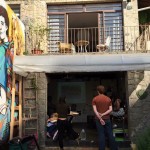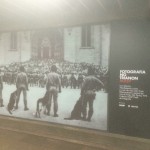June 9, 2015
By: Paul-Anne Robb
We began the day at 10:00 am and congregated in our unconventional classroom located in the hostel. Our speaker for the morning was Flavia Rios a professor of Sociology at the Instituto Federal de São Paulo. She met our group enthusiastically and ready to present. Her presentation was titled “Social Movements and Racial Equality Policy in Brazil.” She began by telling us the two objectives of her presentation, which were, the development of black movements since the abolishment of slavery in 1888 and the advancement of government policies as a result of the social movements. To put these social movements into more perspective, Brazil was the last country in the Western hemisphere to abolish slavery and these black social movements started as a result of this prolonged slavery.
It has been thought that Brazil has been a racial democracy but even though the country had no formal segregation laws black people were still discriminated against and not tolerated in spaces of leisure like movie theaters and diners. Black social movements were needed to secure the rights of the black people in a country where they were not appreciated. Black social movements in Brazil came in three waves. The first wave started to combat the whitening of Brazil. Without this first movement, there was the idea that Brazil would become a white country rather than a country where more than 50% of the population is black. Flavia showed the painting “A Redenção de Caim” by artist Modesto Brocos which illustrated this whitening of Brazil through miscegenation, which is racial mixing through intermarriage and reproduction. The painting showed generations of a family with each generation lighter than the next. In the article Race and Racism in Brazil, the whitening theory is discussed and how it was accepted in Brazil with darker skinned Brazilians seeking lighter partners in order to have lighter children (Golash-Boza 2015: 434). The support for interracial marriage led people to believe that Brazil had a racial democracy. The existence of multiple Black social movements proved otherwise. The first wave of social movements also worked to promote citizenship for Black people with an organization of 30,000 members called A Frente Negra Brasileira that worked towards the literacy and advancement of young black children and created spaces and jobs for black people. This first wave ended due to the first dictatorship of Brazil.
The second wave of Black social movements was organized around Black culture. An activist in the forefront of these movements was Abdias do Nascimento. He created an experimental theater for black people, giving them a creative space to showcase talent. Nascimento especially did work with women who were domestic workers in Rio and São Paulo. Due to the coup of the democratic government by the military dictatorship the Black theater was banned and social movements had to be silenced.
During the military dictatorship groups joined and had a huge protest. The end of the military dictatorship was also the time where the third wave of social movements based in social clubs, and political groups began. In this third wave, black feminism started thriving with the presence of three black women, one of them being Teresa Santos. The rise of social spaces for black people were seen as an issue to those not in support and so the spaces were destroyed and participants were persecuted and even exiled. In 1995, Marcha Zumbi dos Palmeiras Against Racism, For Citizenship and Life, was held in order to demand black rights and political policies for the Black population of Brazil. These social movements, marches, and protests allowed for major accomplishments in the 21st century. A law to teach the history of Africa and the Culture of Afro-Brazilian in schools was passed. Also, a quota for the acceptance of black people in institutions of education, commonly known as affirmative action, was implemented. Although these accomplishments were great, in the year 2015 many issues are still present in Brazil. The third wave of social movements is still happening. With the genocide of young black people in large cities, student and liberal professionals have begun to demand racial equality and that the killing of young black people be stopped. As mentioned, the population most present in the social movements today are students and liberal professionals like lawyers, and professors. The poor youth, which consists of mostly black people, are not present in these movements because they are fighting for their survival against recruitment for drug trafficking. Some black people who are in higher social positions defend the fight for racial equality while others, like Pelé and Neymar, popular Brazilian athletes, avoid talking about the movements or even take on conservative roles and deny the existence of racism. What some of these Black elites may not realize is the importance of these Black social movements. The movements not only demand the equal treatment of black people but they also create spaces where black youth, especially black women, that are denied elsewhere the opportunity to learn and study in order to enter a prestigious school.
What Flavia presented to the group relates to what is happening in the U.S where there are Black social movements happening to demand the same things that Black Brazilians are fighting for. This illusion of a racial democracy in Brazil is being exposed right before my eyes as I see the similarities between what is happening in Brazil and what is going on at home in the U.S. These movements are important and need to happen in order for there to be change.
After Flavia’s talk, the group went to the Museu de Arte de São Paulo, where we viewed modern contemporary art. There were a few pieces that caught my eye but two pieces that depicted the migration of a family from the Northeast of Brazil really jumped out at me. The pieces titled “Criaça morta” and “Retirantes” were both painted by Candido Portinari. The first piece showed the family mourning a dead child as they stood in a desert with tattered clothes and hollow eyes, the second piece showed that same family without the dead child with look of despair in their eyes. These people had to leave their homes due to the lack of resources, drought, and perhaps a chance at a better life. Unfortunately, those who migrated were pushed to the outskirts and many end up in the slums of Brazil where they find themselves in a position of poverty. The paintings highlight some of the social issues and inequality that is seen in Brazil. After a walk through the museum, the group shared what their favorite pieces were and headed to lunch at a Brazilian steakhouse.
We ate until our stomachs were full and headed back to the hostel where some of us debriefed, some watched movies, and others napped. Each day is a day to think and learn with a side of fun and to remember that is the way to fully experience Brazil.
